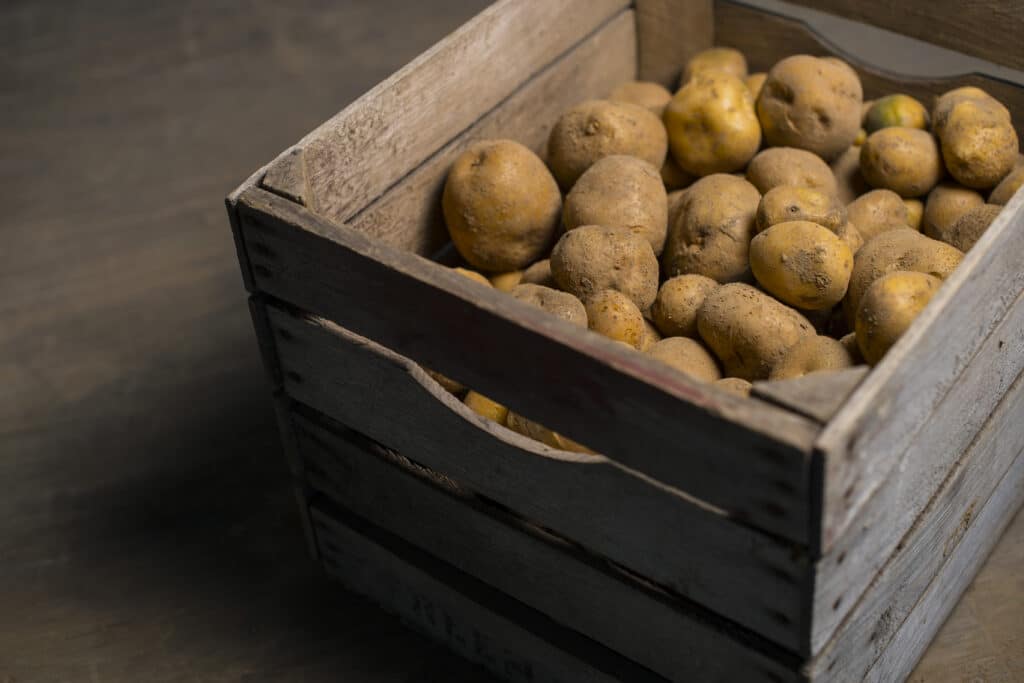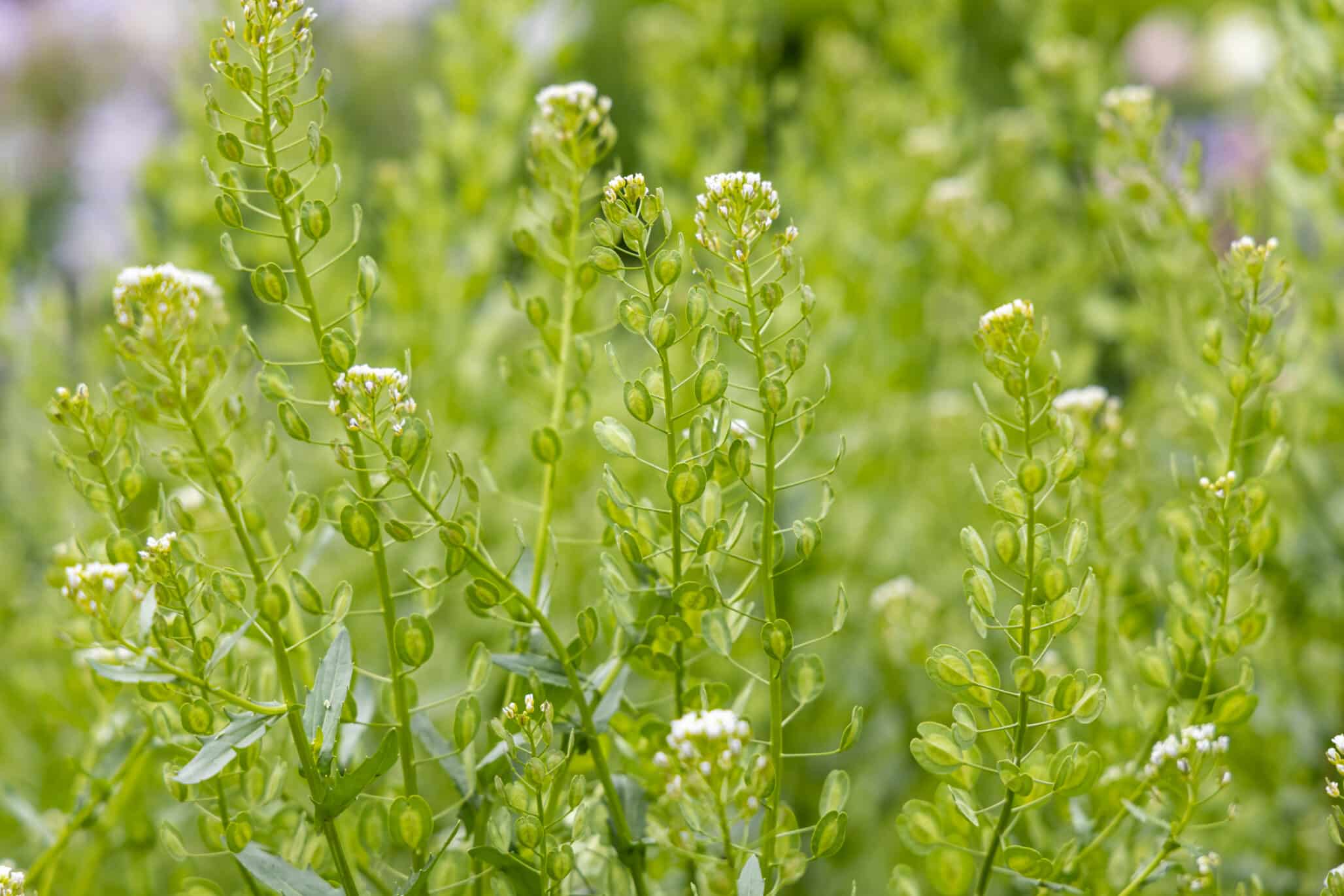A close look at the funding landscape, past, present and future in North America.
Funding is critical in every sector. For the seed industry, changes in both the amount of government funding into crop genetics and specific areas of funding focus can have many industry impacts.
In the U.S., most crop genetics research is funded through the U.S. Department of Agriculture National Institute of Food and Agriculture (NIFA) program. Over the past seven years, NIFA has increased crop genetics funding to some extent. In millions of dollars, NIFA allocated roughly $49 in 2016, $65 in 2017, $59 in 2018 and $55 in 2019. There was a jump to $91 in 2020, and a drop to $60 in 2021 (unsurprising with the pandemic). About $71 million has so far been allocated to date (mid-October) in 2022.
In terms of how the focus of this crop genetics funding has changed in recent years, NIFA National Program Leader Vance Owens explains that in 2016, the greatest percentage of crop genetic research went towards improvements in yield. “Since then, the majority of funding on crop genetics has gone towards research on biotic stressors, including pest and disease resistance, and microbiome interactions,” he says. “The only year where NIFA had more funding going to research on abiotic stressors (drought, extreme temperatures, soil salinity, etc.) was 2021.”
Owens adds that funding towards crop genetics research related to bioenergy crops peaked in 2017, while there was a large amount of investment in biotechnology, such as high-throughput phenotyping, in 2020. “This year in 2022, there was a higher percentage of total funding going towards education/conferences and the improvement of nutrient content of crops than in previous years.”

Specific U.S. projects
NIFA funds some interesting projects on both established and newer crops. About $10 million was given to investigators at Western Illinois University, who have worked with other university researchers and industrial partner CoverCress to develop golden pennycress. It’s a valuable cover crop planted following corn harvest with biofuel, feed and food applications with both its oil and meal.
In addition to breeding improved varieties of pennycress, research is underway to evaluate storage methods, the quantity and quality of oil extracted, and the shelf life of pennycress oil. For its part, CoverCress is currently commercializing golden pennycress as an oilseed biofuel crop to be grown in the northern U.S. Corn Belt.
This year, NIFA awarded new research at Auburn University in Alabama for sustainable acceleration of hop breeding. New varieties with distinct flavour profiles, disease resistance and/or suitability to a new environment are desired by industry, but quality genome references are holding back breeding progress. Only females develop the valuable ‘hop cones’ that are enriched in the bitter acids and other essential oils used in beer production, so investigators are working to identify the genes involved in initiating female hop cone development versus male pollen development. Additionally, they are looking for markers that will help accelerate breeding programs.
And among other hemp projects NIFA and other USDA agencies are supporting, researchers at Oregon State University received funding to examine hop and hemp genetics in one project. The flowers of both plants are valuable for flavour and aroma, and alleles that control the biosynthesis of terpenes and other volatile organic compounds need to be identified.
Also this year, NIFA began funding mung bean breeding research at several universities. New higher-protein cultivars will be produced, along with recommended cultivation practices. In addition, geneticists will work for a fuller understanding of seed quality traits.
At the University of Missouri, researchers are working to accelerate marker-trait association in chestnut.Before the arrival of a deadly fungal pathogen, chestnut provided high-value timber and food products in eastern North America. Genetic improvement programs for over a decade have continued to advance breeding, and now work is turning to discovery of predictive genomic regions and supporting marker-assisted selection. Robotic technology adapted to chestnuts is also being used to accelerate the rate of DNA extraction and library preparation for sequencing, enabling easier marker and gene discovery.
Among many other potato breeding projects, NIFA is funding investigation into how wild genes can be used to improve commercial varieties at the University of Georgia. Most wild relatives of potatoes cross readily with cultivated varieties, and this helps improve the genetic diversity needed for potato production in stressful environments, including drought and hot conditions.
To build on germplasm resources for a diploid potato breeding approach, this project involves phenotypically characterizing of wild germplasm for key agronomic traits, along with creation of a chromosome-scale reference genome and cataloguing of genetic diversity to understand the underlying genetic diversity.

ASTA priorities
Potatoes is one of the priorities that American Seed Trade Association (ASTA) has on its government funding wish list. Among other recommendations, ASTA would like increased funding for the Germplasm Enhancement of Maize (GEM) project. Costs for the project’s research and operations have both gone up, and there is also a need to establish consistent winter nurseries for seed increases and regeneration for the project.
Funding for GEM, a unique public-private partnership between the federal government, universities and many companies, is currently about $2.6 million. Private industry provides over $625,000 of direct in-kind support annually, and industry germplasm contributions are currently valued at over $3 billion. However, demand for maize germplasm continues to increase.
GEM’s focus on adapting exotic corn germplasm for use in the US has already resulted in 346 lines being made available to breeders. GEM has to date distributed more than 25,000 seed samples.
For information on Canadian seed research, visit part two of this article here.
Read More from the November Issue:













